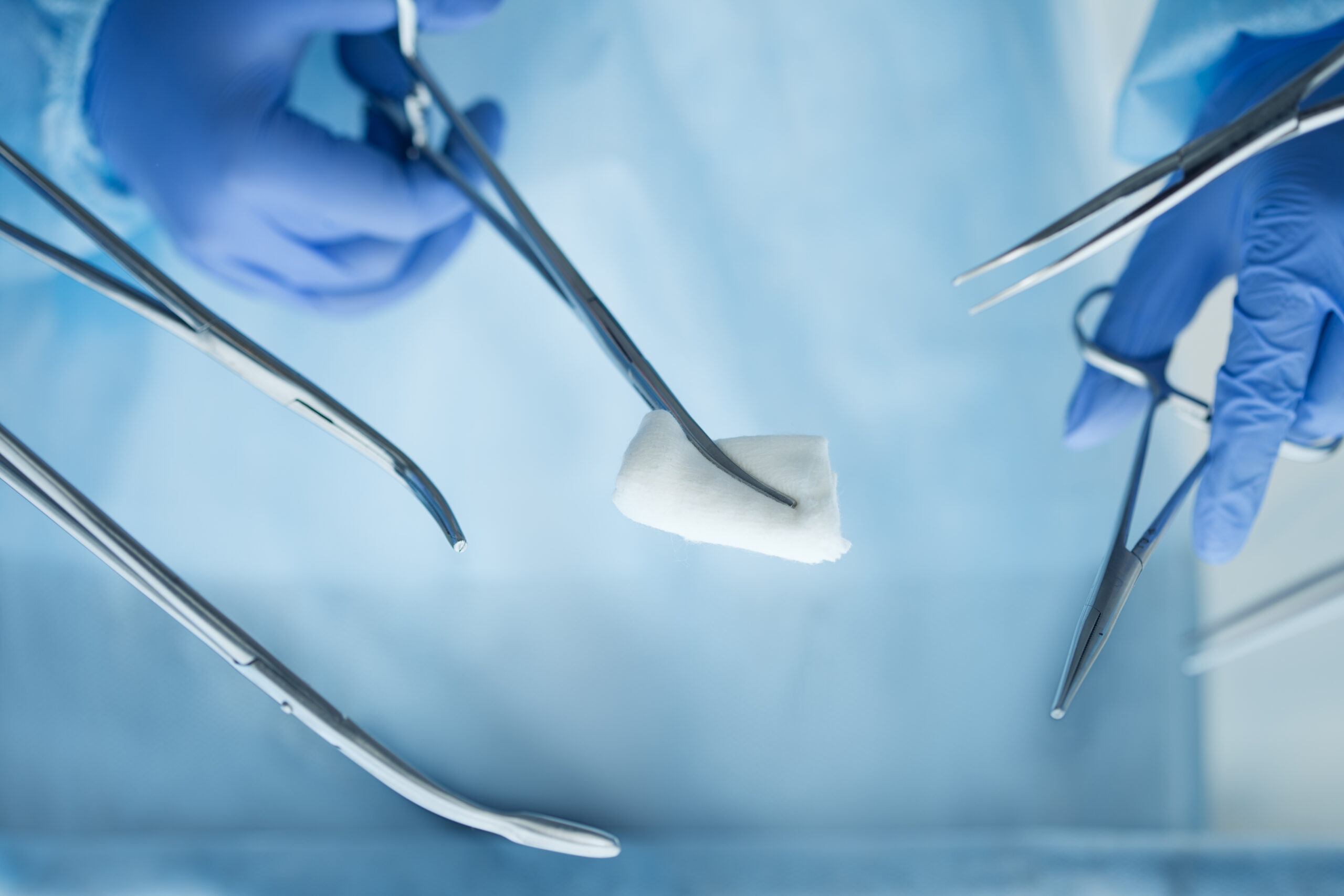Surgical forceps are medical instruments that allow staff to grasp objects during medical procedures and surgeries. They can apply pressure, clamp parts together or handle items. Tweezers, pincers and extractors are all types of surgical forceps used to help make medical procedures more efficient. Surgical forceps are commonly used in emergency rooms and departments, operating rooms, exam rooms and when administering first aid. They hold or remove tissue and position or remove wipes, sponges and gauzes. They offer a non-contaminated a precise function to handling sensitive tissue and instruments in surgical procedures.
With all of these applications, Team Medical Supplies breaks down the various types of surgical forceps available.
The types of medical forceps
Forceps come in two main types, depending on where the hinge is located. Forceps that are hinged on one end are referred to as tweezer-style, though they can have various functionalities. Forceps that have a hinge closer to the centre are scissor-styled. The different styles are suited to different functions and reflect what each forceps is used for.
Tweezer style forceps
Tweezer style forceps help medical staff pick up and handle instruments and tissues. Surgeons can close the forceps by pressing one finger or thumb on the shank while supporting the opposite shank with another finger. By closing the forceps, they can hold and grasp tissue with precision and perform the actions necessary in surgery or procedure. Tweezer style forceps can come with different levels of tension to grip different amounts of tissue, so they can be selected on the type of procedure that requires them.
Tweezer forceps also come with different tip options to suit various purposes within procedures. They can have flat, ringed, cupped, serrated, teeth, grooved or diamond-dusted tips. The shape of the tip also comes in straight, angled or curved options to offer different visibilities and grip. Teeth and serrated tip options may seem harmful to tissue, but they provide excellent grip which means less pressure is required, and they often cause less damage than flat forceps. Cross-hatched and smooth forceps are often used to remove drapes, dressings and sutures.
Scissor style forceps
Scissor style forceps have a hinge near the middle of the device and have ringed ends for the thumb and finger to operate the forceps. For this reason, they are sometimes called ring forceps and are also referred to as clamps or haemostats. They are hinged instruments with each end of the extension connected to its respective ring, so when one end opens, the other opens, too.
As these instruments have less automatic tension than tweezer style forceps, they can control items for longer and makes it easier for the surgeon to handle. The holding end allows users to open and close the tool with their fingers, while the working end holds and grasps the appropriate objects.
Locked style
Tweezer and scissor style forceps are the main types, and within these styles are a range of forceps used for different functions. Some functions benefit from a locking design so that the forceps can remain in position without the surgeon having to focus on holding it and maintaining a strenuous grip. Locking designs can turn forceps into a latching clamp and apply constant pressure. These can be integral to surgical procedures when tissue needs to be held in place while surgeons need their hands for other tasks. They are typically only available in scissor forceps because of the practicality of the scissor design. Common locking forceps use a ratchet device for the lock, so surgeons can set the device to various closure lengths.
Browse our wide collection of medical forceps to find the ideal instruments for your medical centre, or contact our team directly by calling 1300 22 44 50, or sending a message via our online contact form.

